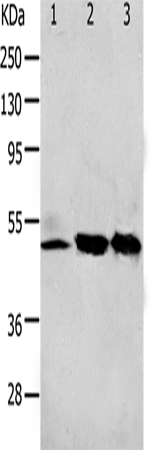Rabbit Polyclonal Integrin alpha M/CD11b Antibody
| Applications | FC, ICC/IF, IHC, Simple Western, WB |
| Reactivities | Human, Mouse, Rat |
| Conjugation | Unconjugated |
| Immunogen | A synthetic peptide made to an internal region (within residues 250-350) of the mouse CD11b protein. [Swiss-Prot# P05555] |






























































































































































































































































 Germany
Germany
 Japan
Japan
 United Kingdom
United Kingdom
 China
China
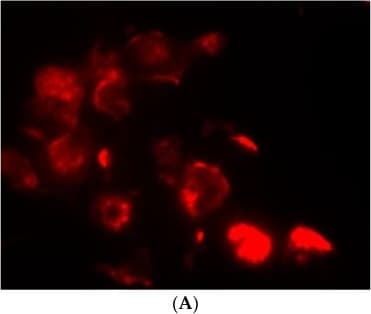


![Flow (Cell Surface): CD11b Antibody - BSA Free TA336565 - CD11b Antibody TA336565 - A surface stain was performed on Raw264.7 cells with DyLight 550-conjugated [TA336565R] (blue) and a matched isotype control (orange). Cells were incubated in an antibody dilution of 10 ug/mL for 20 minutes at room temperature. Both antibodies were conjugated to DyLight 550.](https://origeneresource2.s3.us-east-2.amazonaws.com/cmsstatics/assets/images/antibody/primary-antibody/108/ta336565-22.jpg?d=110x100)










![HEK293T cells were transfected with the pCMV6-ENTRY control (Cat# [PS100001], Left lane) or pCMV6-ENTRY LIMK2 (Cat# [RC217705], Right lane) cDNA for 48 hrs and lysed. Equivalent amounts of cell lysates (5 ug per lane) were separated by SDS-PAGE and immunoblotted with anti-LIMK2(Cat# TA590208).](https://origeneresource2.s3.us-east-2.amazonaws.com/cmsstatics/assets/images/antibody/116/ta590208-1-w.jpg?d=110x100)
![Lane 1: Marker [kDa] 250, 130, 95, 72, 55, 36, 28, 17, 11; Lane 2: RT-4; Lane 3: U-251 MG; Lane 4: Human Plasma; Lane 5: Liver; Lane 6: TonsilThis validation was performed by Protein Atlas and the presentation of data is for informational purposes only.](https://origeneresource2.s3.us-east-2.amazonaws.com/cmsstatics/assets/images/antibody/116/ta590208-52-w.jpg?d=110x100)









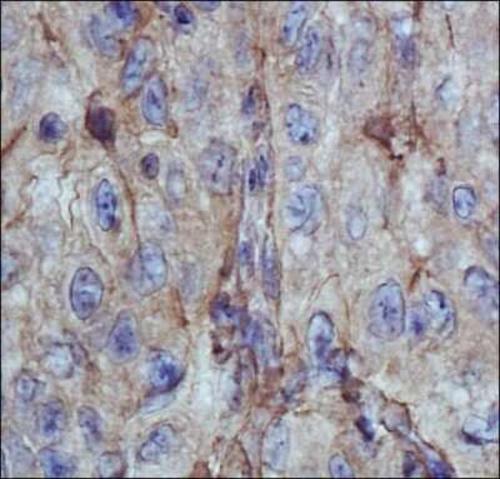




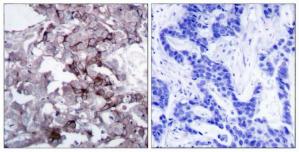


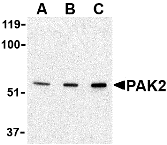



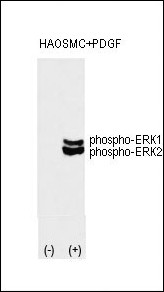



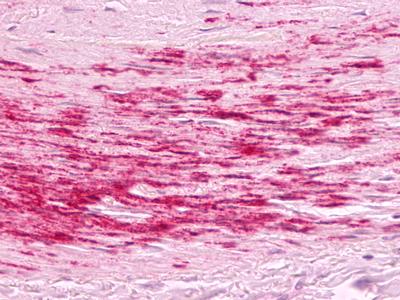

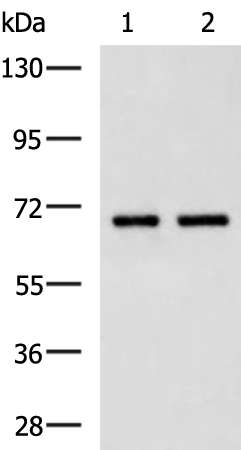




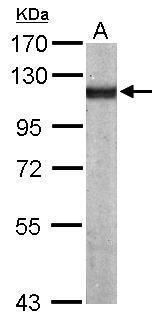
![alpha Actinin 4 antibody [N2C1], Internal detects alpha Actinin 4 protein by Western blot analysis. A. 30 ug PC-12 whole cell lysate/extract. 7.5% SDS-PAGE. alpha Actinin 4 antibody [N2C1], Internal (TA308476) dilution: 1:3000.](https://origeneresource2.s3.us-east-2.amazonaws.com/cmsstatics/assets/images/antibody/106/gtx113115-2-w.jpg?d=110x100)




![ROCK1 antibody [N1N2], N-term detects ROCK1 protein by western blot analysis. A. 30 ug NIH-3T3 whole cell extract. B. 30 ug C2Cl2 whole cell extract. 5 % SDS-PAGE. ROCK1 antibody [N1N2], N-term (TA308951) dilution: 1:1000](https://origeneresource2.s3.us-east-2.amazonaws.com/cmsstatics/assets/images/antibody/106/gtx113266-1-w.jpg?d=110x100)
![ROCK1 antibody [N1N2], N-term detects ROCK1 protein by Western blot analysis. A. 50 ug rat brain lysate/extract. 5 % SDS-PAGE. ROCK1 antibody [N1N2], N-term (TA308951) dilution: 1:500](https://origeneresource2.s3.us-east-2.amazonaws.com/cmsstatics/assets/images/antibody/106/gtx113266-2-w.jpg?d=110x100)




